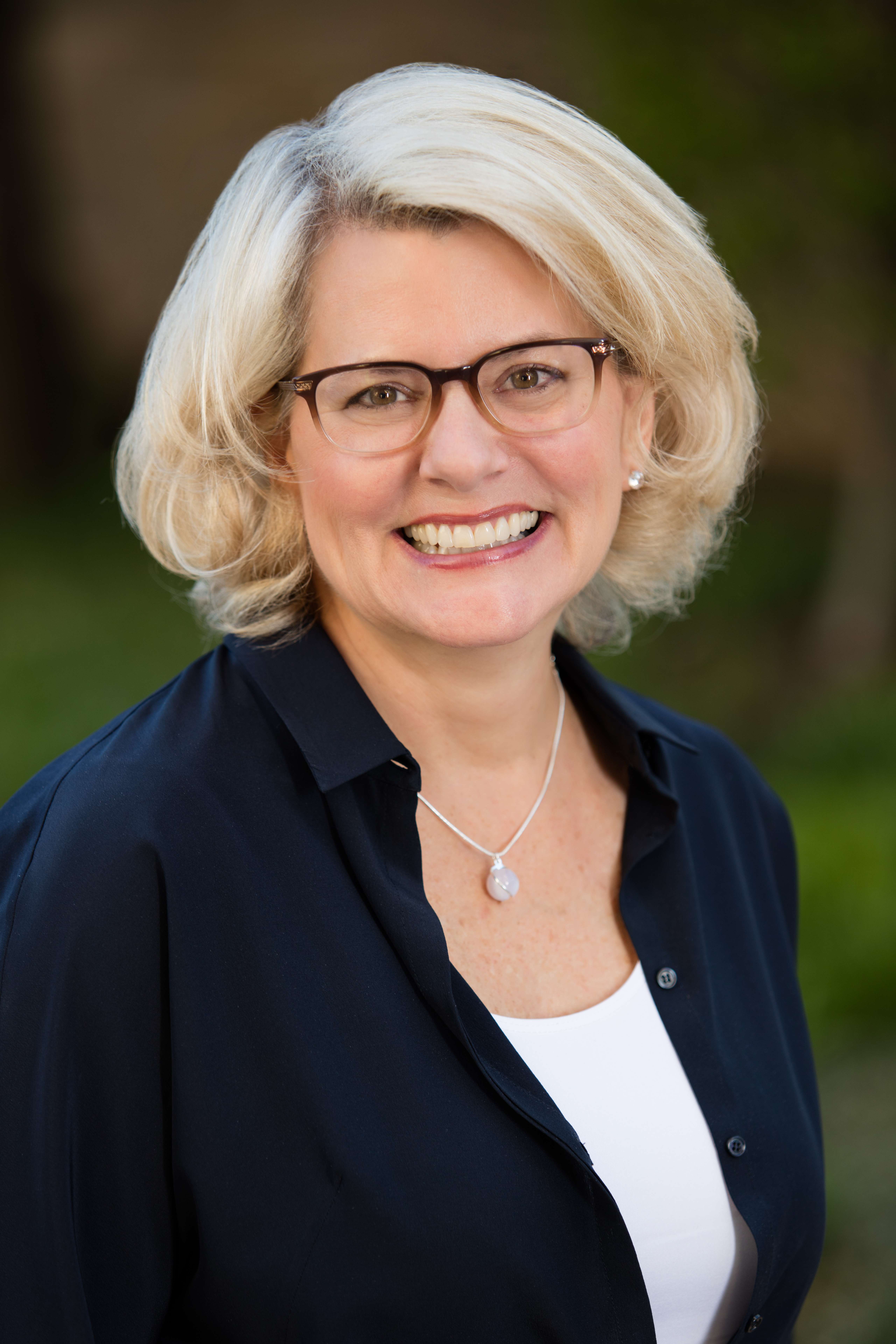The World Orphan Drug Congress (WODC) attracted more than 800 people to Washington, D.C. last month, signaling continued interest and investment in new treatments for rare diseases. Patti Engel interviewed members of the Rare Collective™ to hear their assessment of hot topics discussed throughout the week.
Patti:
What struck each of you as the most important topic you heard during WODC?
Chris:
I noticed when John Crowley, the CEO of Amicus, explained that “regulatory winds are at our back,” with FDA having the flexibility, tools and leadership to address orphan medicines differently, particularly for diseases with high medical need. Many panelists encouraged industry to work closely with FDA and patient communities to apply these hard-fought tools to the challenging task of developing orphan drugs. John also helped make patient-centered drug development more specific and tangible by urging industry to ensure patients are represented at each and every meeting with regulators, at all stages.
Jean:
I also heard a good deal about “patient-centric” drug development, including some specific steps for industry and patient organizations, such as engaging through social media and conducting patient focus groups. It strikes me that those tools don’t lower the standards for orphan products; in general, they continue to be developed and approved in a manner that ensures we really understand their impact on the patient.
Patti:
That’s interesting, Jean. I’m all for getting patients involved, but I worry about a “one size fits all” methodology. In our experience, certain discussion topics may be too sensitive to address in a group discussion, and we find that information can be biased when gathered in certain ways. We’re continually working with clients to remind them that the objective drives the methods—and that we need to gather data in a standardized way that is real and meaningful to provide guidance to the company and to the FDA.
David:
As a “numbers man” I really appreciate that perspective. I know we’ve worked a good deal on ensuring that patient feedback is well measured, understood and quantified: Are we asking the same questions the same way? Does each patient speak at the same level and understand the question and communicate their thoughts? Are we accurately portraying their issues? Most importantly, is the information presented in a way that helps industry design clinical trials and supports the agency in its decision making?
Chris:
Several companies presented positive results from late-stage programs for orphan drugs that could earn regulatory approval over the next year. In both cases, industry worked with physician experts, regulators and patient organizations to define meaningful measurements of efficacy. Both speakers showed before-and-after patient videos to underscore the impact of the disease and the potential benefits of treatment. These videos—produced by researchers as part of the trials—generated the most enthusiastic response from the audience, including applause. It really does take more than data to tell the patient story!
Jean:
I am interested to hear how this will all play into pricing. There was so much discussion around pricing of gene therapy!
David:
While many people are discussing pricing of gene therapies, I sense we have yet to resolve the issue. I am not sure there is a plan, and I didn’t hear a lot of discussion around risk-sharing or capturing the true value of therapy. I just don’t feel like there is a clear path forward at this point.
Doug:
My sense, David, is that just like each orphan product is a product unto itself, so are gene therapy products. There are “common issues” such as the need to understand the current Medicaid/340B pricing policies that limit the more creative pricing including risk sharing. Beyond that each company will need to look at the real value of its product and price it accordingly. I was also struck that the orphan drug world will continue to get tougher—there are challenges now that will force more collaboration.
Patti:
I agree, Doug. We see a certain amount of collaboration. For example, industry with patient organizations or with NIH, but collaboration gets a bit trickier in a competitive environment. Many companies are struggling with how to collaborate in a way that does not give away the assets of their shareholders.
Chris:
Each of us at the Rare Collective lives this in a real way. While our work can overlap, we’ve discovered how to collaborate on behalf of our clients to provide solutions efficiently and effectively. These next few years will be interesting as we watch industry attempt similar models.


 RARE COLLECTIVE® is a trademark of Rare Collective, LLC.
RARE COLLECTIVE® is a trademark of Rare Collective, LLC. 